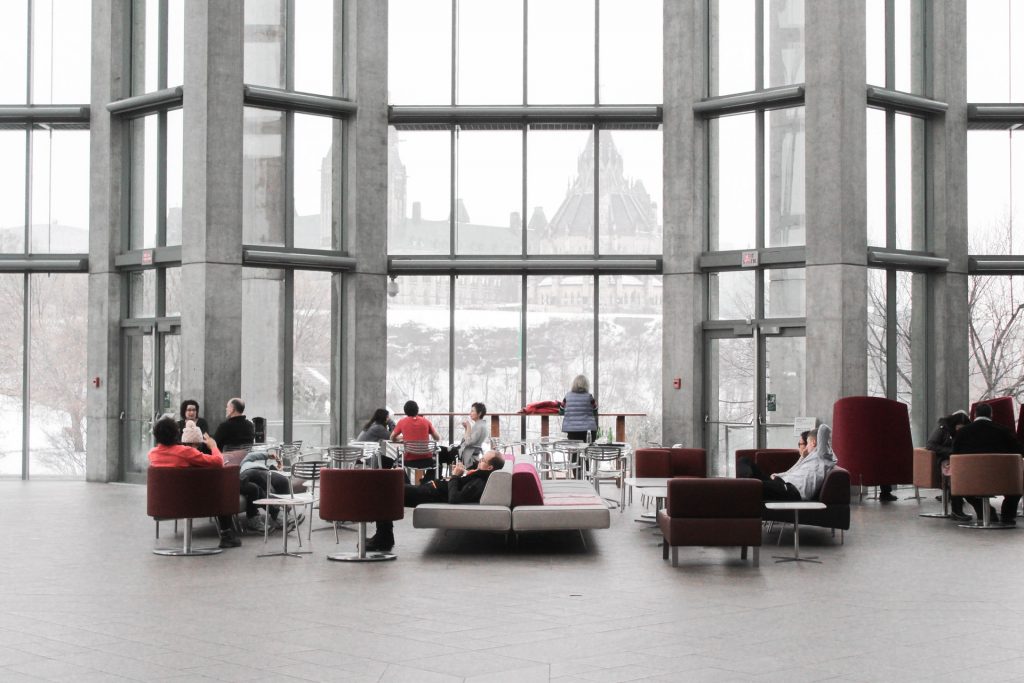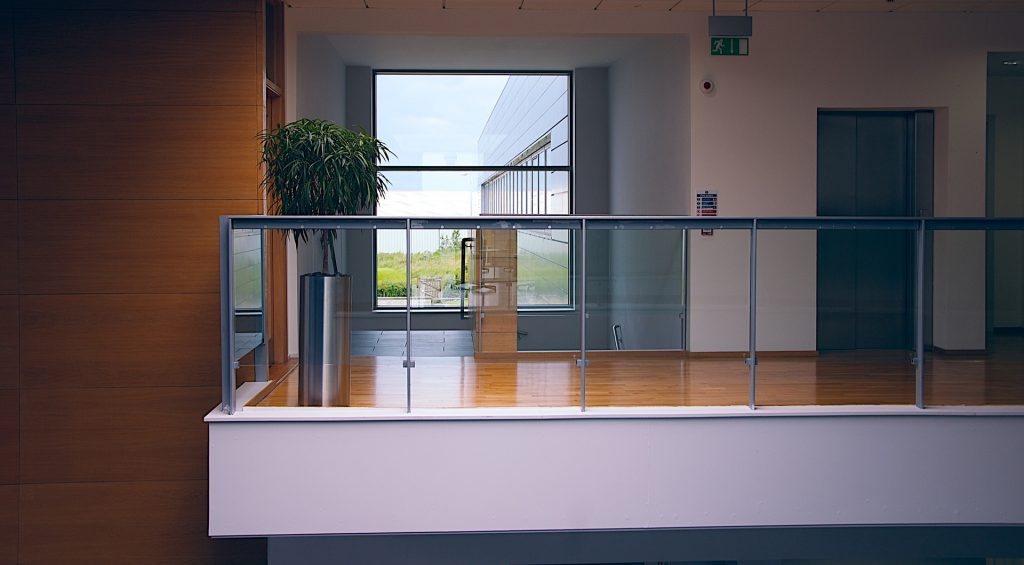With the number of time employees spend in their offices during the day, one of the main consideration for the employer should be to create an environment that is pleasant and comfortable to work in. The surroundings not only affect employees’ well-being and productivity, but also their satisfaction, dedication, and creativity. With this on the mind, modern office designs should strive not only towards creating inspiring and motivating spaces but also providing optimal comfort that ensures a smooth work process.
Specific challenges

As the global temperature is rising, the issue of thermal comfort in commercial environments is becoming more and more important. Interestingly, even with all the technological advancements we’ve accomplished to this day, the idea of a thermally comfortable office isn’t always realized. More electronic equipment generates additional heat, and every employee is different when it comes to a subjective level of thermal comfort and metabolic rate, which makes finding an optimal temperature inside the office impossible in some cases.
Insulate walls and roof
The first step in optimizing the thermal comfort in any indoor environment should be improving the wall and roof insulation. As in most commercial buildings internal walls are made of wood and drywall, they are thinner than the exterior ones and lightly insulated, which allows for easier heat transfer between the rooms. In addition, the roof can be a constant source of heat in the office, especially if your offices are located on the top floor. By upgrading the exterior and interior insulation, not only can you improve the thermal comfort for the employees, but also maximize your building energy efficiency.
Download Branding Resources Guide
Building a brand starts by having the right tools and advice. Download our top 10 essential tools and resources to kick-start your branding.

Building orientation
Apart from wall and roof insulation, another constituent in your office thermal performance is the orientation of the building, position of windows and their exposure to sunlight. For example, in the southern hemisphere, offices that face north receive significantly more sunlight, and sun-generated heat, than those with south-facing windows. On a global level, sunlight yields about 164 Watts/m2in a 24-hour period. Although the figure varies greatly on the latitude and other geographical factors, considering solar thermal gains help you better understand the heating and cooling needs in your office.
Consider different window design
Different climates will require different solutions. For example, although they share about the same latitude, and should receive the same amount of sunlight throughout the day, Perth, Australia, and Santiago, Chile has a considerably different climate throughout the year. To an extent, exposure to sunlight can be controlled and modified by upgrading the window design. For instance, having double glazed windows in Perth can maintain a comfortable room temperature throughout the day, while allowing you to take advantage of the cool morning breezes coming from the sea. Optical grade acrylic glazing used in these windows is up to 6x more thermally efficient than glass.
Shortcomings of HVAC systems
While most offices rely on their HVAC systems for thermal control, they have proven insufficient in many cases, as their BTU formulas don’t include specific office features like renovations, different layouts, cubicles, as well as the heat from the electronics. HVAC calculation also disregards the orientation of windows, the position of the sun, and natural shade. When considering solutions to improve the thermal comfort in an office, all these factors need to be taken into account.
Placement of ventilation inlets/outlets

While the fact that cold air settles down and hot air rises are known to many, most people are unaware that the placement of inlets and outlets also has significant effects on indoor air circulation. By placing the outlet duct in the opposite direction from the inlet, you can increase the air turbulence in the room. While not all office designs and layouts will make this possible, if you manage to find the most favorable location for inlet and outlet ducts, you’ll be able to save on your cooling, as well as to recirculate the hot and stale indoor air.
When you consider and apply few of these solutions, apart from optimizing the thermal comfort in your place of business, which is directly related to the overall employee comfort, satisfaction, and productivity, you can also end up using energy more efficiently, cutting utility bills, and even increasing the property value.


